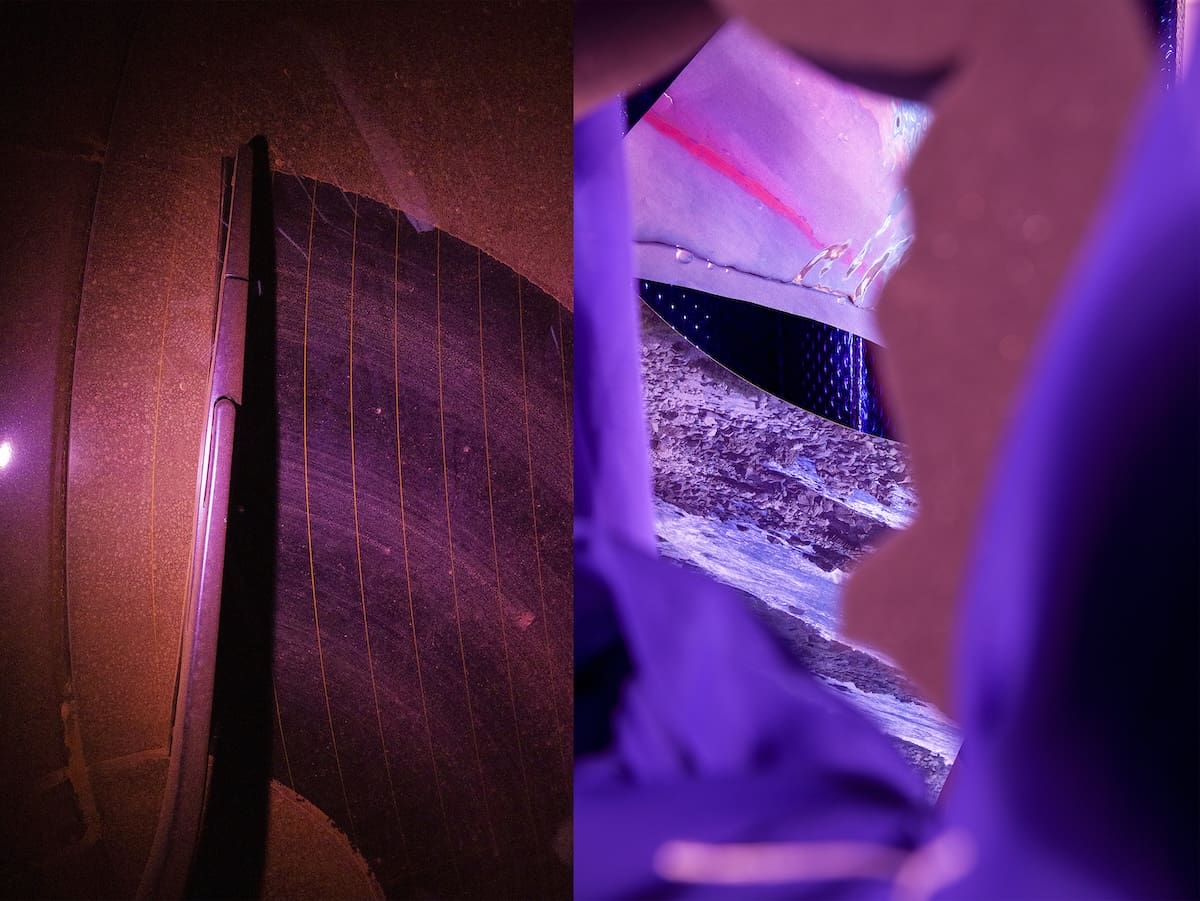
Jennifer Kemarre Martiniello’s Glass Acts
Telstra National Aboriginal and Torres Strait Islander Art Awards 2025 finalist Jennifer Kemarre Martiniello has spent decades crafting an art practice that weaves together memory, heritage and form.

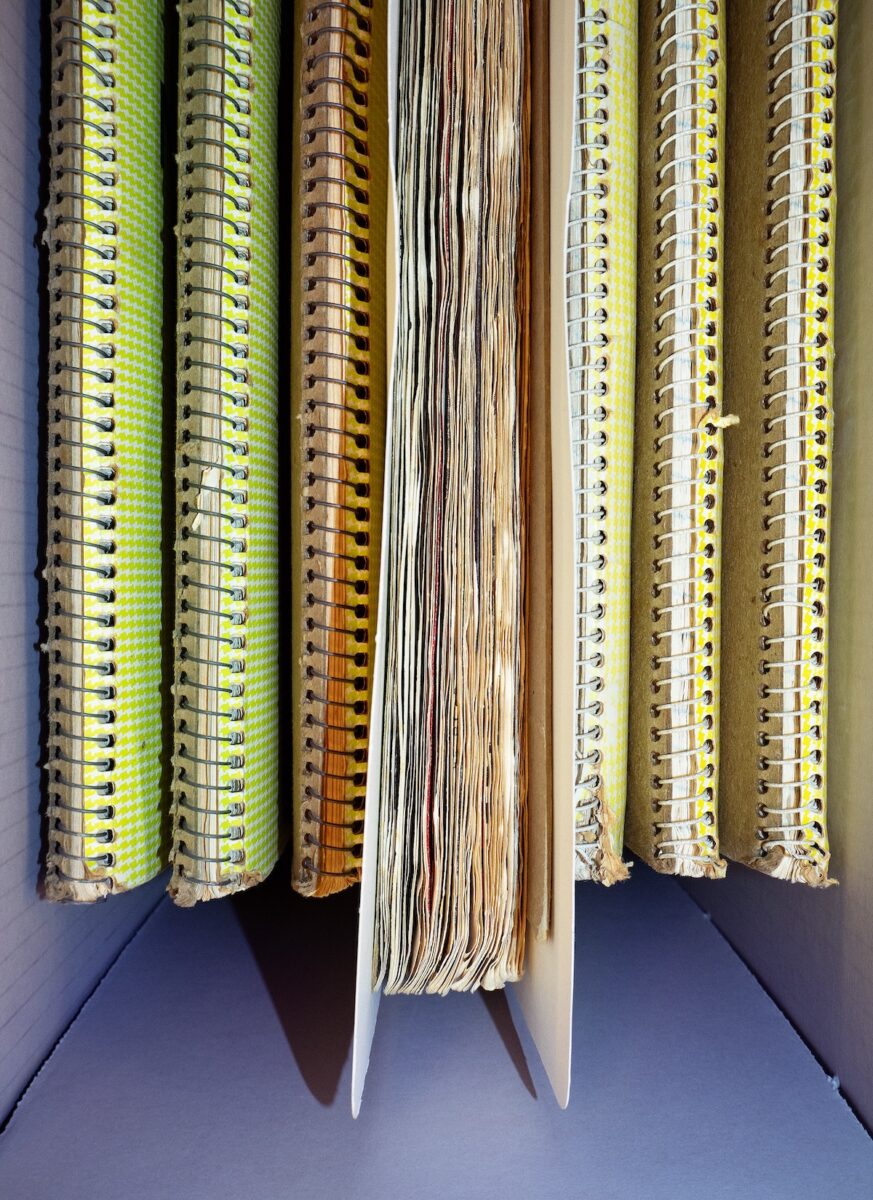
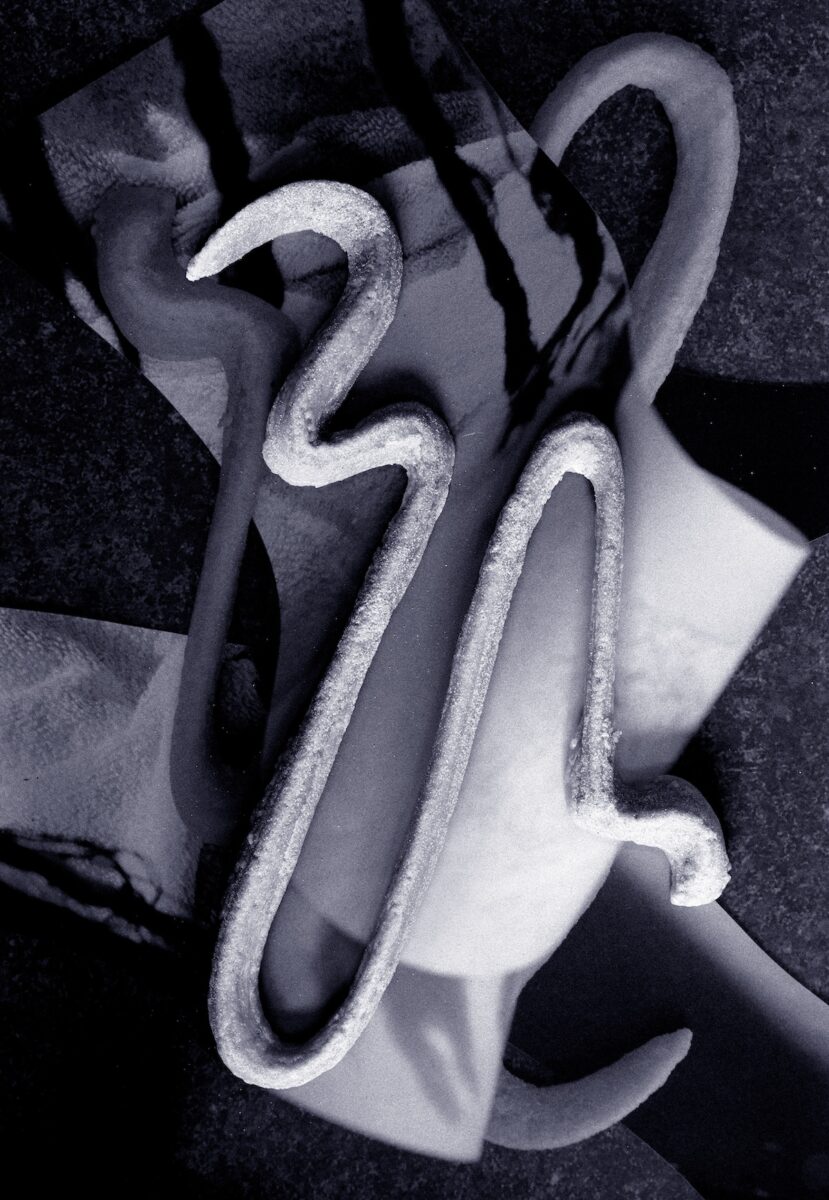
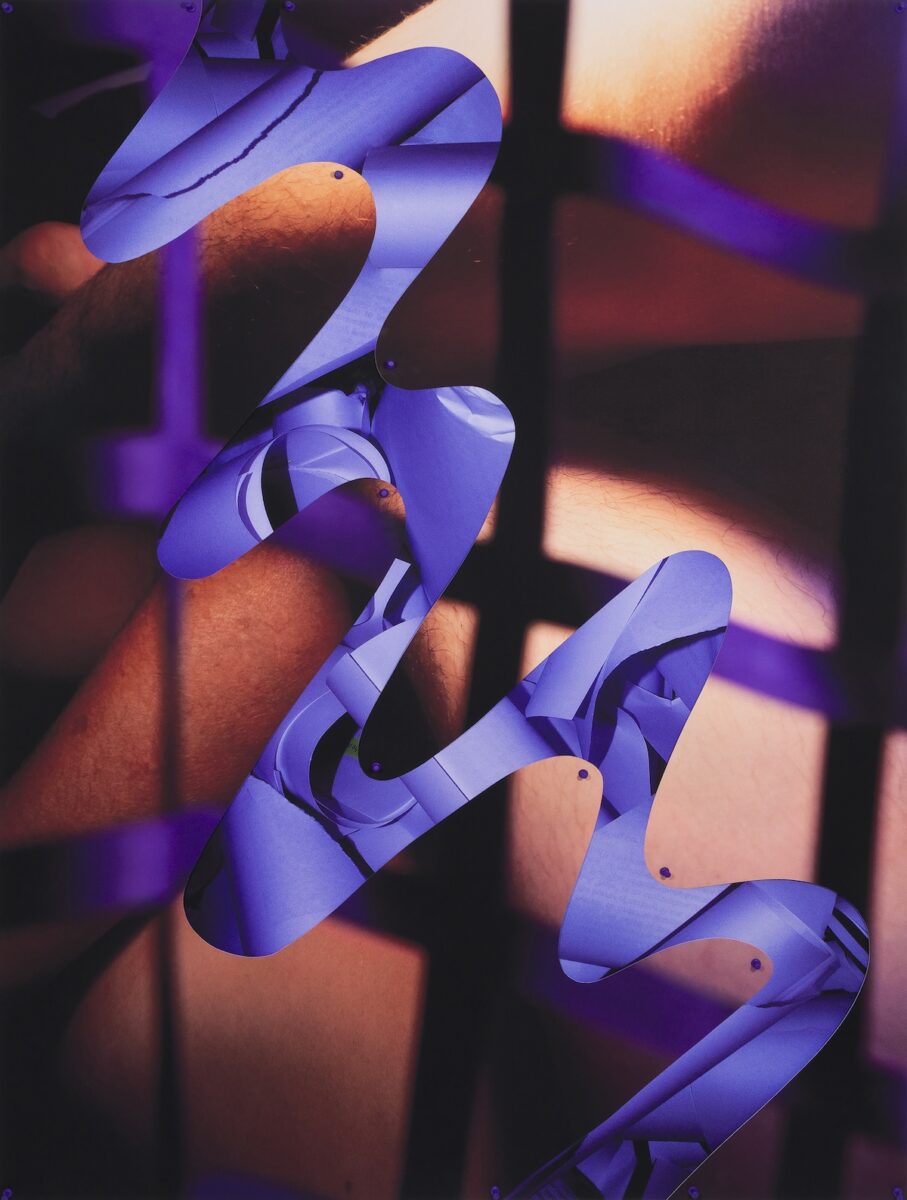
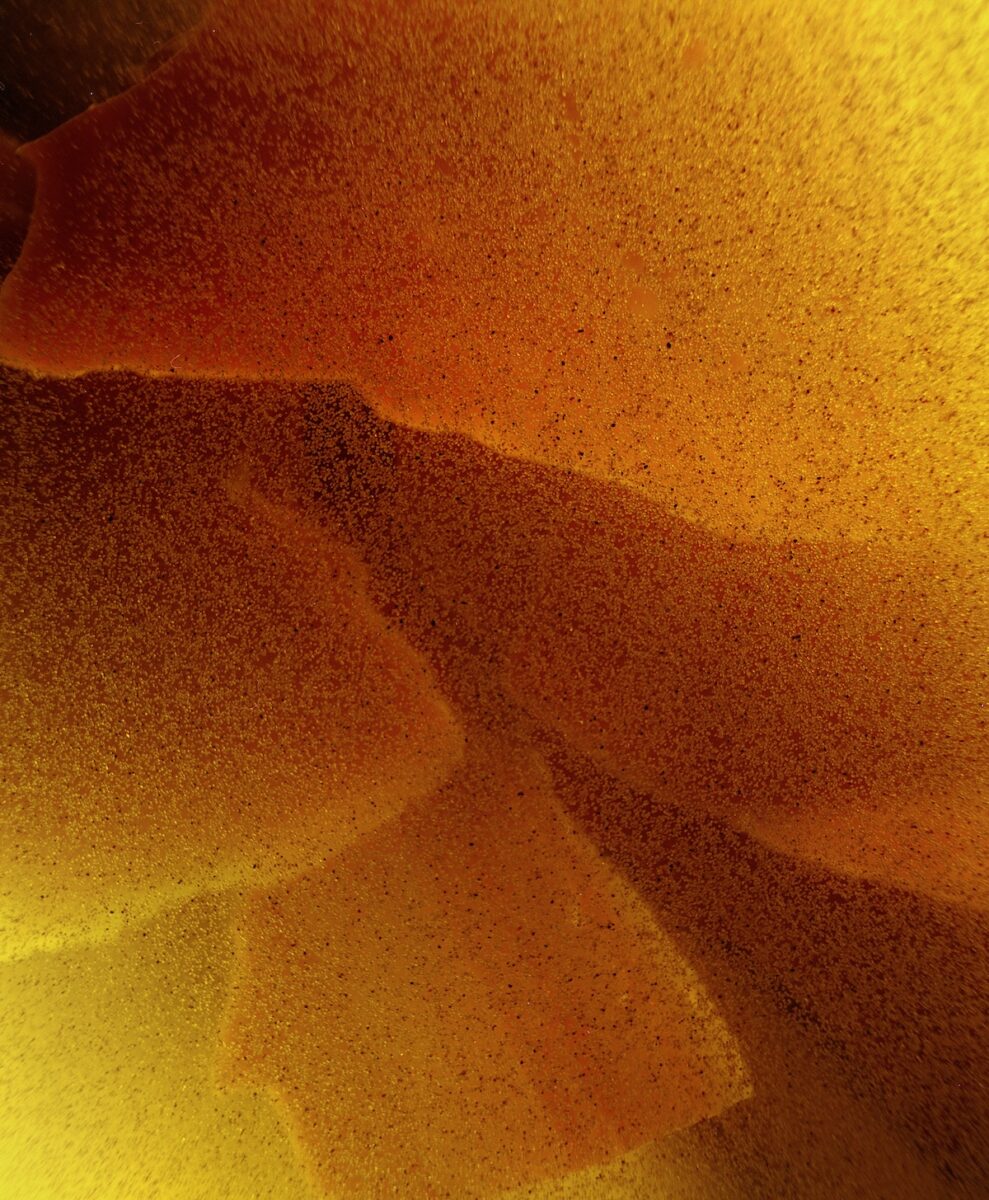
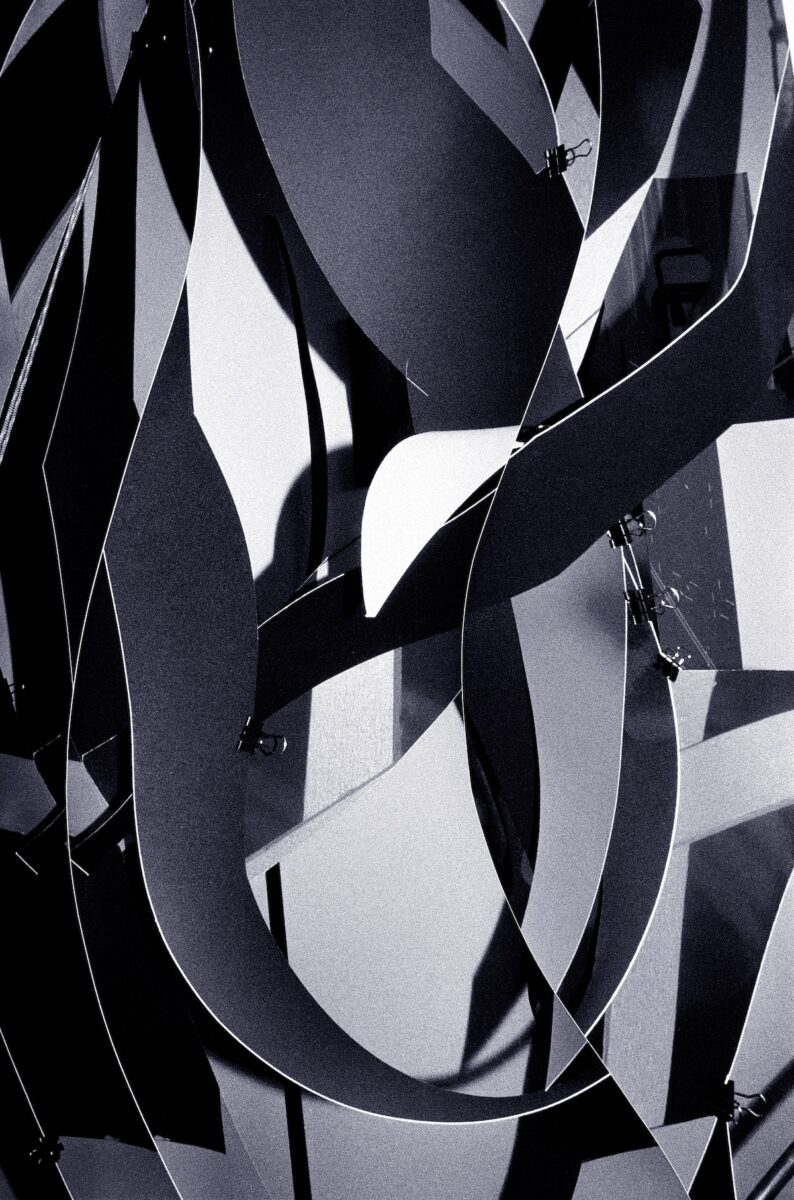
Jack Ball’s practice, eternally grounded in the object of the photographic print, has slowly begun peeling itself from the walls. Drawing on collage as queer methodology, Ball explores trans experience, queer intimacy and desire through colour, photographs and installation. Ball’s use of collage aligns with queer theorist Jack Halberstam’s “conceptualisations of trans bodies as made through a process of “continuous building and unbuilding”. Ball has consistently used the collage process to build and unbuild reflections of self. As the artist explains, “my practice was very architectural, structural. I was working with formal abstraction and making sets in the studio. In 2015 I made a shift. My early work was still very bodily, but much more contained and formal. Now the objects are coming in.”
The work Ball has developed for a solo exhibition at PICA titled Heavy grit, is both a departure from and reference to past projects, where sculptural elements have been formal and pragmatic—such as the rigidity and constraint of metal frames created to hold prints in works like PDA (2019–2021). These frames remained rigid but began to become unsettled in Night Diver (2021). Ball’s embrace of collage as cutting device, through slicing prints into organic shapes for Heatwave (2022) and Sticky notes (2022) pushed further towards a relaxing of material. For this new work, Ball further embraces the organic, returning to methods of casting to create wax forms and sewing soft sculpture. Snake-like, amorphous, bodily appendages will be used as props for display—in a more relaxed fashion than their predecessors. They will squeeze and hold up images and act as visual frames. Images will entangle, still never departing too far from the considered and polished aesthetics synonymous with Ball’s work.
Ball’s close-up photographs of studio assemblages appear like visceral body parts. The viewer can never be quite sure of what they see. Ball plays with visual vocabularies to elude, without fixing. This ambiguity echoes the relationship between queer agency and vocabulary. We haven’t always had the words that we need to define our own (and collective) becomings. We’ve often existed inside the spaces of lack within language. Ball has found their own visual language to examine this complexity. A series of new photographic works for the show, created from staged studio assemblages, have an alphabetic quality. Simple acts, like inverting the colour of an image—a visual reference to the Xray—speaks to the medical engagement that can accompany trans experience and the queer history of the word ‘invert’. The viewer doesn’t need to be privy to these deeper conceptual choices. These decisions create a sense of queer experience—opening space for the viewer—without being overt. Queerings of time, colour, and form speak for themselves.
For Heavy grit Ball has mined daily images that have been circulating in their studio for the past few years. While the artist’s practice has consistently assembled and drawn from archives, it’s important to distinguish that this work is not just a personal archive project. Ball explored the Australian Queer Archives, commenting that “at the AQuA I found a collection of scrapbooks made over a long period of time, with newspaper clippings referencing trans people. Experiences of archives pop up in different ways throughout the show and are not always super visible. I’m dealing with fragments and glimpses of archives.” We cannot know for certain the intent behind archival material, unless we are able to communicate with the person said material originated from—and even then, memory can play tricks. Ball is sensitive to the complexities of this. They are welcoming, rather than filling, the gaps.
This sense of fragmentation extends to notions of longing, echoing the slippery uniqueness of trans and queer experience. When we spoke, Ball didn’t mention the name of the owner of the journals. They are just as careful to ensure their wider practice speaks to their truth, leaving spaces for others to find reflections of themselves without trying to define or speak for anyone else. This is work that is cognisant of the sensitivities and conditions that shape trans experience. It is work that recognises how these conditions and the personal and social outcomes they create, are individual and in flux. Ball recalled feelings of transphobia in the scrapbooks—an experience they have personally reckoned with, coupled with suggestions of deep care and desire. This new work uses shapes from newspaper clippings, rather than textual content, to create an abstracted glimpse, rather than a document of the archive. Ball is always careful to reference, without extracting. Their abstracted reflections of archives nod to historical and personal queer stories, without speaking for bodies that are not their own.
Through collage Ball has developed a material approach for trans and queer art making, allowing space for new modes of personal world-building.
Heavy grit
Perth Institute of Contemporary Art
On now—22 December 2024
This article was originally published in the November/December 2024 print issue of Art Guide Australia.
